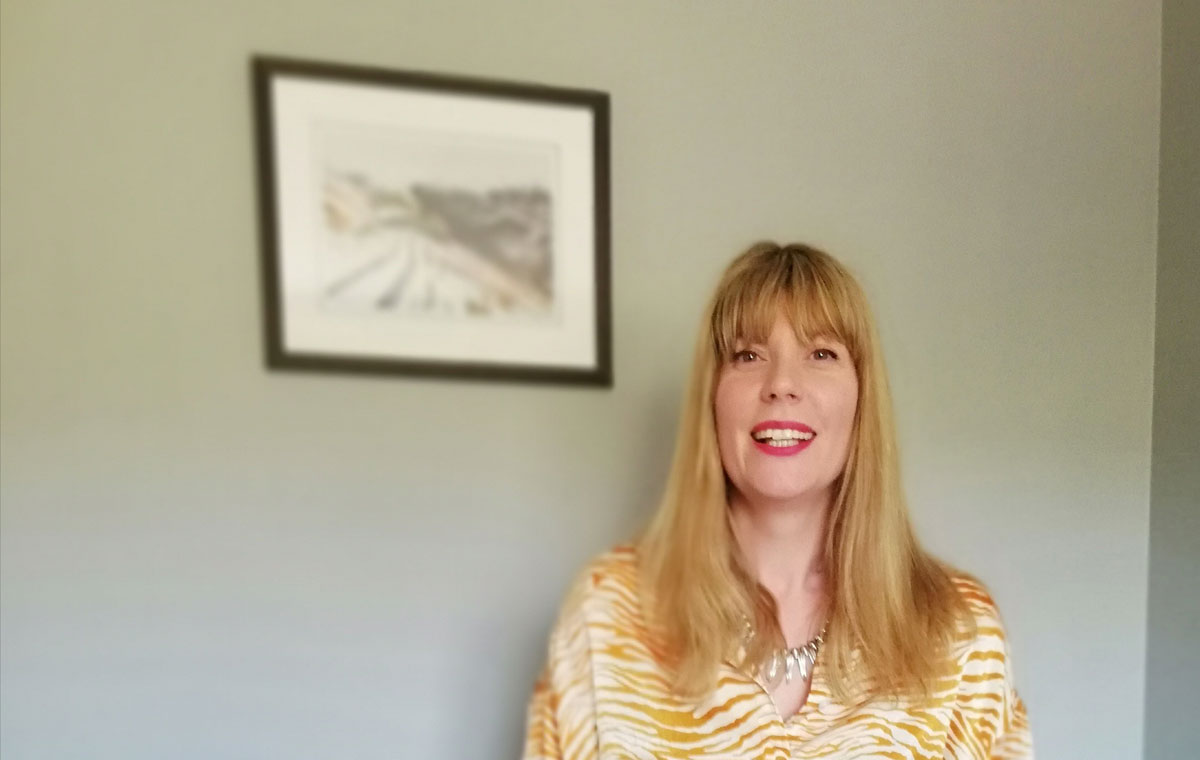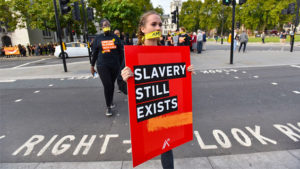Jessica Summers Interviews the two Bowmans of Benevolence @Work
9 min read
Steven and Chutisa Bowman are global business advisors, authors and speakers who have spent the past 30+ years working with many top society changing companies and entrepreneurs of our time. They are recognized worldwide as Pragmatic Futurists and “thought leaders” on strategic awareness; conscious leadership; prosperity consciousness; business transformation in a period of economic uncertainty; and Benevolent Capitalism.
What is Benevolence @Work?
Benevolence@ Work is a movement that has been created to take the precepts of Benevolent Capitalism to the world in a practical way, and to start to change the way business and people interact with themselves and the planet.
Its priorities are –
- To bring about a sustainable future and radical breakthroughs for the benefit of planet and humanity.
- To change the conversation globally about what business can be and do different.
- To create a different way of operating a business that doesn’t harm the world.
- To be a catalyst for change that will create futures that are sustainable.
In what ways does it differ from CSR?
The precept of Benevolence@Work goes beyond being “ethical” or social and moral responsibilities. It is about creating change and possibility, creating new futures through the choices we make. Being more aware; choosing to be a conscious leader.
What differentiates Benevolence@Work from CSR is a strong foundation and a generative strategy for creating and generating a sustainable future that brings about radical breakthroughs and essential change for the benefit of planet and humanity. It is a look at how capitalism can operate business in a way that causes no damage to the planet, society, living creatures and what it would take to enrich the environment instead of depleting it.
Corporate social responsibility tends to emphasize the benefit to social groups outside business; it is the idea that you have to make up for the damage done so that you cause the least amount of damage for the maximization of profit. Many corporations still consider business’s social responsibility to be a process of making donations to charitable organizations and to support outside causes rather than on the actions, conducts and activities of business itself.
CSR is often implanted on existing business models which are shareholder-centric and profit driven. Many profit-driven businesses invest in CSR initiatives to compensate for some of the harm they may be causing some stakeholders as a result of their core business.
Benevolence@Work is not about philanthropy or simply a matter of good corporate citizenship. It creates an entirely new superstructure for business and its reasons for existing. Benevolent corporations shift from capitalism based on “I have to get my share” and using and abusing to get what they want; to instead embracing a benevolent way of being, which looks at the different futures that can be created. In our view corporations can go beyond being responsible, ethical or accountable, and accomplish so much more if they used their core business strengths to address significant societal and environmental needs through their products and services. This is true innovation.
Can Benevolence @Work actually be profitable? Isn’t it ‘risky’?
Benevolence@Work includes money, it does not actively exclude it. More money can be created, and more profitability generated, when businesses and people function from a different space: when innovation and possibility become the new paradigm for business.
If an organization still believes that the one social responsibility a law-abiding business has is to maximize profits for its shareholders, they are living in the old world. Embedding the ‘doing no damage’ principle in your business strategy will power strategic innovation. It can be used to begin a new system to participate in creating the generative world we all want to see. It is not too late for capitalism to take action, if we act now. It is vital to take action to change the current unsustainable route. This is a new way of thinking about business; one that is not prone to creating a series of crises and catastrophes; instead it will probably end the crises once and for all.
In business, there is not a contradiction between success and doing no damage; it is not an ‘either-or’ proposition. Instead, ‘doing no damage’ and profitability must be among the principles by which companies make choices.
Your work speaks to ‘leaders’, can you talk about what a leader is within business?
A leader is someone who is willing to be present with what is, who is willing to be aware of the future, and who continually functions from an innate sense of intense curiosity, being in the question at all times. No fixed point of view on how things must be, rather being in the space of “what is required here?”. They then go wherever it is required; regardless of others’ judgments, expectations and conclusions: and regardless whether anyone follows them. True leaders know they can be a catalyst for different possibilities.
Can you speak about specific cases that are creating possibilities beyond anything even you imagined?
Critics would be correct to say that there is not a single major corporation that is doing enough to generate a sustainable planet or adequately address matters such as climate change and resource scarcity. To create a sustainable future and sustainable planet it is not enough for organizations to just try to be good corporate citizens, focusing on energy conservation, offering “green” products or streamlining processes or products to achieve a smaller environmental footprint. It certainly “feels” good to do, and they definitely move us closer to sustainable progress, but they aren’t going to generate and create a true sustainable reality and sustainable future. This is because they don’t address the underlying strategy and structure of a company.
Chevron, the giant oil company, recently demonstrated what it looks like to embrace the priority to ‘Do no damage’. Instead of focusing exclusively on the core business of petroleum extraction, refining, and distribution, Chevron began to ask: What else is possible? What are other ways to produce energy if the oil wells happen to run dry? Chevron is taking a different approach to renewable energy. They have set out to find newer, smarter, cleaner ways to power the world with advanced biofuels and other energy-efficient technologies such as solar and geothermal.
Chevron is also making global investments in renewable and alternative energy and energy efficiency such as cellulosic biofuels and geothermal energy. Chevron Technology Ventures launched its Future Energy Fund with $100 million in June 2018 (Technology Ventures was founded in 1999). The fund has also invested in the firm Carbon Engineering, which works on carbon capture. By choosing to embrace the priority of ‘Do no damage’, Chevron has begun to operate beyond the goal of competing or just mitigating harmful value chain impact to actively seize new and different possibilities.
Starbucks is another good example of a company that views sustainability as a more vital and essential element of its business strategy. It has set its vision to have a priority to renew society and the planet while creating a prosperous business that supports shareholders. The company looks at environmental and social issues not only as a strategic issue, and not only as a values issue, it also incorporates these practices into its business. For example, Starbucks also provides access to lines of credit, and provides technical assistance through what it calls farmer support centers. It has these centers throughout Central and South America, providing economic and sustainable agriculture expertise that the company is investing in to help improve the resilience and the quality of the coffee that’s coming from a lot of these areas. Starbucks and top-tier U.S. solar developer Cypress Creek very recently unveiled a partnership on eight Texas solar projects that will provide energy to 360 Starbucks stores across the state, investing in solar farms regionally to support a specific group of its stores is a totally new business model.
What can businesses and leaders do and be to encourage creativity and innovation?
Although many companies have embraced the practice of corporate social responsibility, few have seriously engaged the idea of ‘creating a sustainable future’. A sustainable future and reality can be ushered in only if corporations, the main economic instruments of the future, are compelled to create a sustainable future. This can be facilitated through ‘strategic innovation’ and ‘forecasting possibilities’. Forecasting possibilities are not the same as forecasting the future. Forecasting the future is a way of limiting it, because when you are forecasting the future you are looking for the right answer. Forecasting possibilities means you’re willing to look at the future and see what your choice is going to create. It’s not about right or wrong choices; it’s about seeing which choices are going to create more possibilities for your organization and the world. A sustainable future is something you create with your choices.
The priority should be to develop strategies and change operations to move toward the creation of a sustainable future. Priorities are required if you wish to create a sustainable future. When you have a priority you will be looking at the different futures that can be created instead of falling through life and bumping into your future. A priority is the choice you would make before you make another choice.
You’ve said that businesses can end up doing what’s always been done, what would it take for businesses to become more risk-responsive and less risk-reactive?
Risk is just another way of looking at opportunity and possibility. Strategic risk is looking at what might be in the future, and leveraging off that in the present. Businesses need to change their mindset around risk; from one of compliance, conclusion, expectation, judgement and control, to one of possibility and the contribution they can be to the world. At the same time, they can create significant revenue from understanding their key risks, managing these risks innovatively, and being aware of the opportunities and increased revenue from managing these risks, rather than looking at them as just a risk reduction, compliance issue.
What challenges might leaders face in the next five years?
Becoming too fixed in their points of view, thinking they have got it right, and being unwilling to be aware of the future.
How might business strategy differ in ten years time?
Over the next few decades, corporations will be challenged to create new strategies rooted in the concept of benevolent capitalism. Business executives must choose to do something totally different instead of just trying to change the situation. They must be open to all possibility and sincerely be willing to look at what they can do to generate different possibilities. They must start functioning from maximizing possibility instead of just maximizing profit. You don’t have to be a giant corporation to embrace benevolent capitalism priorities. Entrepreneurs as well as small and mid-sized companies can follow these priorities, as it will set forth different approaches for leadership and innovation to create businesses that don’t harm the world.
Maximizing possibility is about the ability to function from the awareness of what will create the future the organization would like to have. It takes the willingness to be aware of everything, which allows you to perceive different possibilities. It also requires you to expand your awareness and develop clarity of vision to see beyond this contextual reality. With this intensity of awareness, you can operate beyond the objectives of competing, to actively seize new and different possibilities. You are able to make the improbable or the seemingly impossible come about by bringing awareness and resources to things that lie beyond contextual reality and business-as-usual.
What sort of companies/businesses/leaders will be thriving in twenty years time?
Those that have cultivated an intensity of awareness, powerful vision, the ability to extrapolate (the ability to project known information in order to infer something about the unknown), and the desire to be a contribution and serve the greater needs of society. Those companies will be led by conscious leaders.
What can leaders and businesses implement now to bring that even closer?
Make the choice to function from conscious awareness and the benevolence@work philosophy.
What events do you have coming up and what resources do you have that would inspire entrepreneurs to go beyond what they have thought of as possible?
There are 3 books written by Chutisa Bowman (with major contributions from Steven Bowman and Gary Douglas) that cover this topic in depth, and from a practical perspective: Conscious Leadership; Benevolent Leadership for a Better World; and Conscious Leaders for Futures that are Sustainable.
All upcoming events are listed here:
Jessica Summers
Jessica Summers refers to herself as the Idiot Entrepreneur: ‘Idiocy means that despite my lack of conventional business knowledge, I’m not afraid; either to ask stupid questions, approach phenomenal leaders for advice or to believe in a better future for the world of business and the planet.’
Willing to ask questions that have never been asked before, and to support businesses and individuals to go beyond what is conventionally thought of as possible, Jessica offers a coaching service with a difference. What do you and only you know about business?






